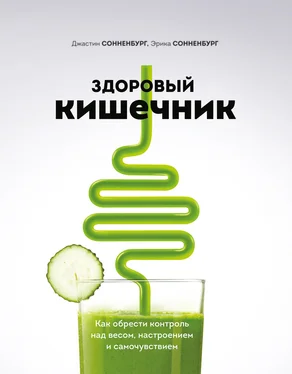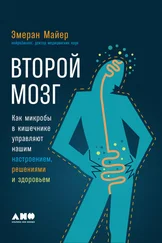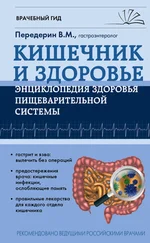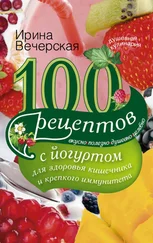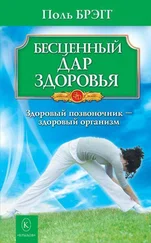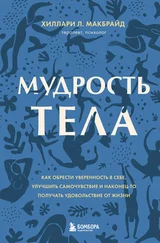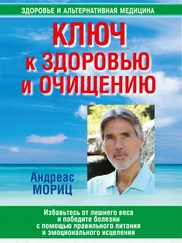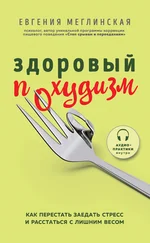Sonnenburg, E. D., and J. L. Sonnenburg. “Starving Our Microbial Self: The Deleterious Consequences of a Diet Deficient in Microbiota-Accessible Carbohydrates”. Cell Metab (2014). Print.
Russell, W. R., et al. “Colonic Bacterial Metabolites and Human Health”. Curr Opin Microbiol 16.3 (2013): 246–254. Print.
Torrey, J. C. “The Regulation of the Intestinal Flora of Dogs through Diet”. J Med Res 39.3 (1919): 415–447. Print.
Cleave, T. L. The Saccharine Disease: Conditions Caused by the Taking of Refined Carbohydrates, Such as Sugar and White Flour . Keats Publishing, 1975. Print.
Trowell, H. C., and D. P. Burkitt. “The Development of the Concept of Dietary Fibre”. Mol Aspects Med 9.1 (1987): 7–15. Print.
Martens, E. C., et al. “The Devil Lies in the Details: How Variations in Polysaccharide Fine-Structure Impact the Physiology and Evolution of Gut Microbes”. J Mol Biol (2014). Print.
Raninen, K., et al. “Dietary Fiber Type Reflects Physiological Functionality: Comparison of Grain Fiber, Inulin, and Polydextrose”. Nutr Rev 6 9.1 (2011): 9–21. Print.
Dhingra, D., et al. “Dietary Fibre in Foods: A Review”. J Food Sci Technol 49.3 (2012): 255–266. Print. Westenbrink, S., K. Brunt, and J. W. van der Kamp. “Dietary Fibre: Challenges in Production and Use of Food Composition Data”. Food Chem 140.3 (2013): 562–567. Print.
Sonnenburg, J. L., et al. “Glycan Foraging in Vivo by an Intestine-Adapted Bacterial Symbiont”. Science 307.5717 (2005): 1955–1959. Print.
Johansson, M. E., et al. “Bacteria Penetrate the Normally Impenetrable Inner Colon Mucus Layer in Both Murine Colitis Models and Patients with Ulcerative Colitis”. Gut 63.2 (2014): 281–291. Print.
Hehemann, J. H., et al. “Bacteria of the Human Gut Microbiome Catabolize Red Seaweed Glycans with Carbohydrate-Active Enzyme Updates from Extrinsic Microbes”. Proc Natl Acad Sci U S A 109.48 (2012): 19786–19791. Print.
Le Chatelier, E., et al. “Richness of Human Gut Microbiome Correlates with Metabolic Markers”. Nature 500.7464 (2013): 541–546. Print.
Cotillard, A., et al. “Dietary Intervention Impact on Gut Microbial Gene Richness”. Nature 500.7464 (2013): 585–588. Print.
Ridaura, V. K., et al. “Gut Microbiota from Twins Discordant for Obesity Modulate Metabolism in Mice”. Science 341.6150 (2013): 1241214. Print.
Kuoliok, K. E. Food and Emergency Food in the Circumpolar Area . Almquist och Wiksell, 1969. Print.
Russell, W. R., et al. “High-Protein, Reduced-Carbohydrate Weight-Loss Diets Promote Metabolite Profiles Likely to Be Detrimental to Colonic Health”. Am J Clin Nutr 93.5 (2011): 1062–1072. Print.
Koeth, R. A., et al. “Intestinal Microbiota Metabolism of L-Carnitine, a Nutrient in Red Meat, Promotes Atherosclerosis”. Nat Med 19.5 (2013): 576–585. Print.
Neufeld, K. M., et al. “Reduced Anxiety-Like Behavior and Central Neurochemical Change in Germ-Free Mice”. Neurogastroenterol Motil 23.3 (2011): 255–264, e119. Print.
Diaz Heijtz, R., et al. “Normal Gut Microbiota Modulates Brain Development and Behavior”. Proc Natl Acad Sci U S A 108.7 (2011): 3047–3052. Print.
Gareau, M. G., et al. “Bacterial Infection Causes Stress-Induced Memory Dysfunction in Mice”. Gut 60.3 (2011): 307–317. Print.
Bercik, P., et al. “The Intestinal Microbiota Affect Central Levels of Brain-Derived Neurotropic Factor and Behavior in Mice”. Gastroenterology 141.2 (2011): 599–609,09. e1–3. Print.
Riordan, S. M., and R. Williams. “Gut Flora and Hepatic Encephalopathy in Patients with Cirrhosis”. N Engl J Med 362.12 (2010): 1140–1142. Print.
Johnston, G. W., and H. W. Rodgers. “Treatment of Chronic Portal-Systemic Encephalopathy by Colectomy”. Br J Surg 52 (1965): 424–426. Print.
Aronov, P. A., et al. “Colonic Contribution to Uremic Solutes”. J Am Soc Nephrol 22.9 (2011): 1769–1776. Print.
Wang, Z., et al. “Gut Flora Metabolism of Phosphatidylcholine Promotes Cardiovascular Disease”. Nature 472.7341 (2011): 57–63. Print.
Koeth, R. A., et al. “Intestinal Microbiota Metabolism of L–Carnitine, a Nutrient in Red Meat, Promotes Atherosclerosis”. Nat Med 19.5 (2013): 576–585. Print.
O’Mahony, S. M., et al. “Maternal Separation as a Model of Brain-Gut Axis Dysfunction”. Psychopharmacology (Berl) 2 14.1 (2011): 71–88. Print.
O’Mahony, S. M., et al. “Early Life Stress Alters Behavior, Immunity, and Microbiota in Rats: Implications for Irritable Bowel Syndrome and Psychiatric Illnesses”. Biol Psychiatry 65 (2009): 263–267. Print.
Bailey, M. T., and C. L. Coe. “Maternal Separation Disrupts the Integrity of the Intestinal Microflora in Infant Rhesus Monkeys”. Dev Psychobiol 35.2 (1999): 146–155. Print.
Lyte, M., et al. “Induction of Anxiety-Like Behavior in Mice During the Initial Stages of Infection with the Agent of Murine Colonic Hyperplasia Citrobacter Rodentium”. Physiol Behav 89.3 (2006): 350–357. Print. Goehler, L. E., et al. “Campylobacter Jejuni Infection Increases Anxiety-Like Behavior in the Holeboard: Possible Anatomical Substrates for Viscerosensory Modulation of Exploratory Behavior”. Brain Behav Immun 22.3 (2008): 354–366. Print.
Rao, A. V., et al. “A Randomized, Double-Blind, Placebo-Controlled Pilot Study of a Probiotic in Emotional Symptoms of Chronic Fatigue Syndrome”. Gut Pathog 1.1 (2009): 6. Print. O’Mahony, L., et al. “Lactobacillus and Bifidobacterium in Irritable Bowel Syndrome: Symptom Responses and Relationship to Cytokine Profiles”. Gastroenterology 128.3 (2005): 541–551. Print.
Messaoudi, M., et al. “Assessment of Psychotropic-Like Properties of a Probiotic Formulation (Lactobacillus Helveticus R0052 and Bifidobacterium Longum R0175) in Rats and Human Subjects”. Br J Nutr 105.5 (2011): 755–764. Print.
Cao, X., et al. “Characteristics of the Gastrointestinal Microbiome in Children with Autism Spectrum Disorder: A Systematic Review”. Shanghai Arch Psychiatry 25.6 (2013): 342–353. Print.
Hsiao, E. Y., et al. “Microbiota Modulate Behavioral and Physiological Abnormalities Associated with Neurodevelopmental Disorders”. Cell 155.7 (2013): 1451–1463. Print.
Tillisch, K., et al. “Consumption of Fermented Milk Product with Probiotic Modulates Brain Activity”. Gastroenterology 144.7 (2013): 1394–1401, 401.e1–4. Print.
Читать дальше
Конец ознакомительного отрывка
Купить книгу
